Animals in the arctic
It should come as no surprise that the Arctic region is one of the toughest places on earth for wildlife to live. Humans have been able to adapt fairly well to living in this part of the world due to the ability to wear clothing and reside in heated structures throughout the majority of the winter. However, for the animals that are forced to stay outside and venture through the Norwegian fjords and other areas of the Arctic, the climate is much more inhospitable.

But for those of you who are thinking about things to do in Norway and are upset that watching wildlife will not be one of the activities, think again. The Arctic region actually contains a thriving ecosystem of many different species of animals. Here are some of the animals that you are likely to see living in the Arctic.

Caribou/Reindeer
Seeing a herd of majestic reindeer roaming the Arctic tundra might be the closest you ever get to seeing Santa Claus. These large cousins of deer can weigh as much as 650 lbs when fully grown, which includes their massive set of antlers. The Arctic region is the only area on Earth where these animals can be found, which gives you a pretty good chance at spotting one when going to for example Tromsø.

Polar Bears
If it is your goal to see a polar bear in person at least once in your life, then your best bet is to book a trip to Svalbard-Norway, since these giant predators are only located above the northern tree line in the Arctic. Their white color and diminished population of only about 20,000 make them slightly harder to spot. However, the best bet to catch a glimpse of one is to go where the biggest seal populations are since they are known to be the main source of food for polar bears.

Orcas/Narwhals/Beluga Whales
There are many different varieties of whales that can be found within the frigid Arctic waters. The main three that can be expected to be seen when taking one of the Norwegian cruises are orcas (killer whales), narwhals, and beluga whales.
All of these animals have different positions within the ecosystem food chain, although they all survive off a diet that almost entirely consists of fish. Within the ocean, the orcas are known as some of the best hunters, hence their name “killer whales.” They are sometimes even known to kill and eat beluga whales and narwhals.

Arctic Foxes/Arctic Wolfs
Although both of these species are known to go by a variety of names, they can both only be found wandering around the Arctic region. Their diets consist of various other Arctic animal species, which they are able to track and kill due to their elusive nature and stunning white color that allows them to easily camouflage. While Arctic foxes tend to be a bit smaller, only growing to a maximum of 17 lbs, Arctic wolves are much larger, with the males reaching a maximum weight of 155 lbs.

Seals/Walruses/Sea Otters
In addition to six different species of seals, the Arctic seas also contain walruses as well as furry sea otters. Depending on where you travel throughout Northern Norway, you may have an opportunity to see the spotted seal, ringed seal, ribbon seal, hooded seal, harp seal, or bearded seal. All of these animals spend the majority of their time swimming, lounging, and living off of the dense fish Arctic fish population.

Puffin/Snow Goose
Although these three species of birds are very different in appearance and habits, they are all varieties of birds that can be found living in the Arctic region. The three types of birds can each be found active during the daytime, which is a rarity for any type of owl, and are perfectly capable of flying. The puffins even have the ability to briefly swim underwater. Although the snowy owl and snow goose are almost entirely white, the puffin is mostly black with patches of white.
If you are a lover of wildlife, then you need to book some of the Norway tours today. This will allow you to get a glimpse of all of the majestic wildlife found within the Arctic region.
The best arctic experiences
Check out our exciting collection of activities in the arctic here!
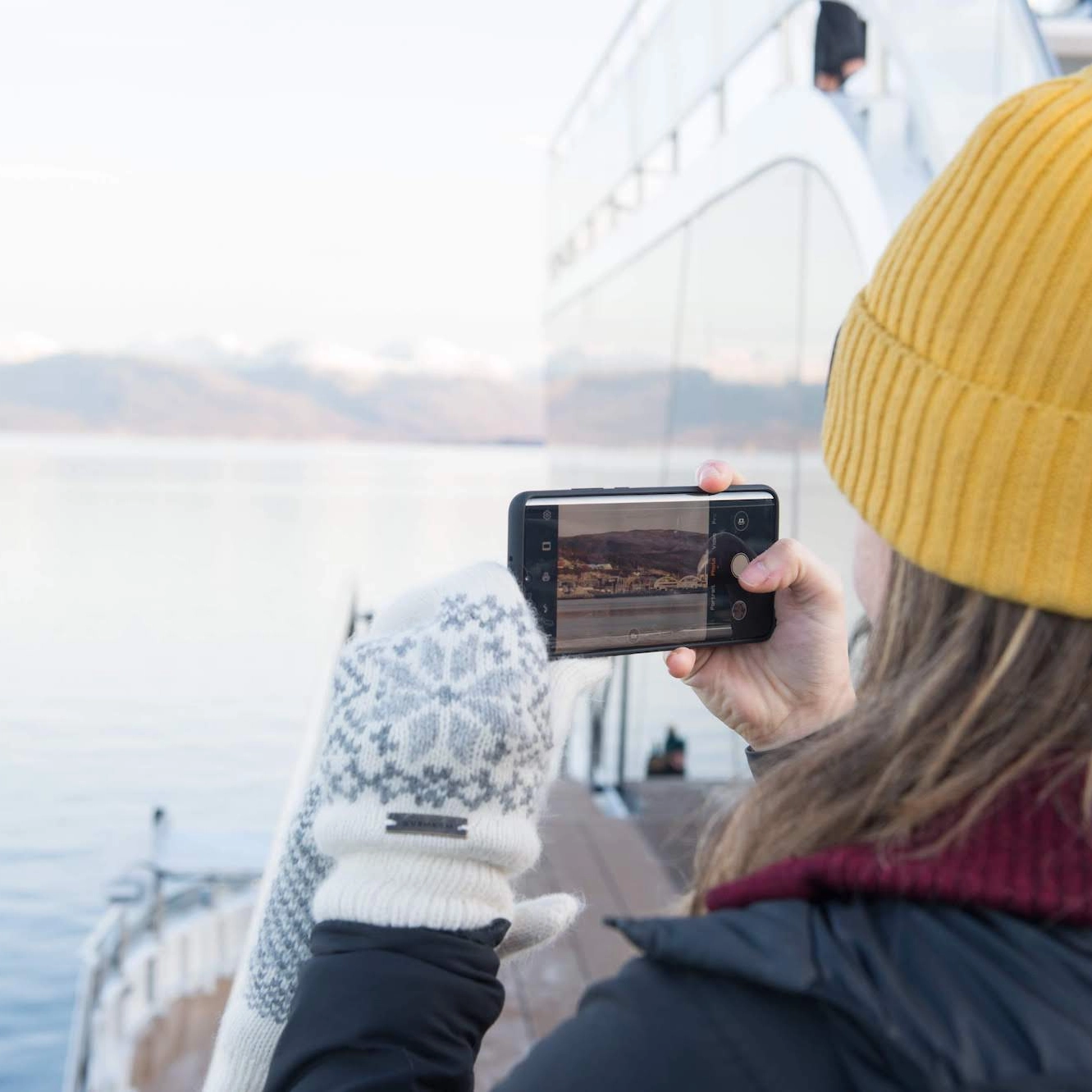
Arctic fjord cruise in Tromsø
Tromsø • 4 hr
From 1250NOK
Available 1 February - 23 October
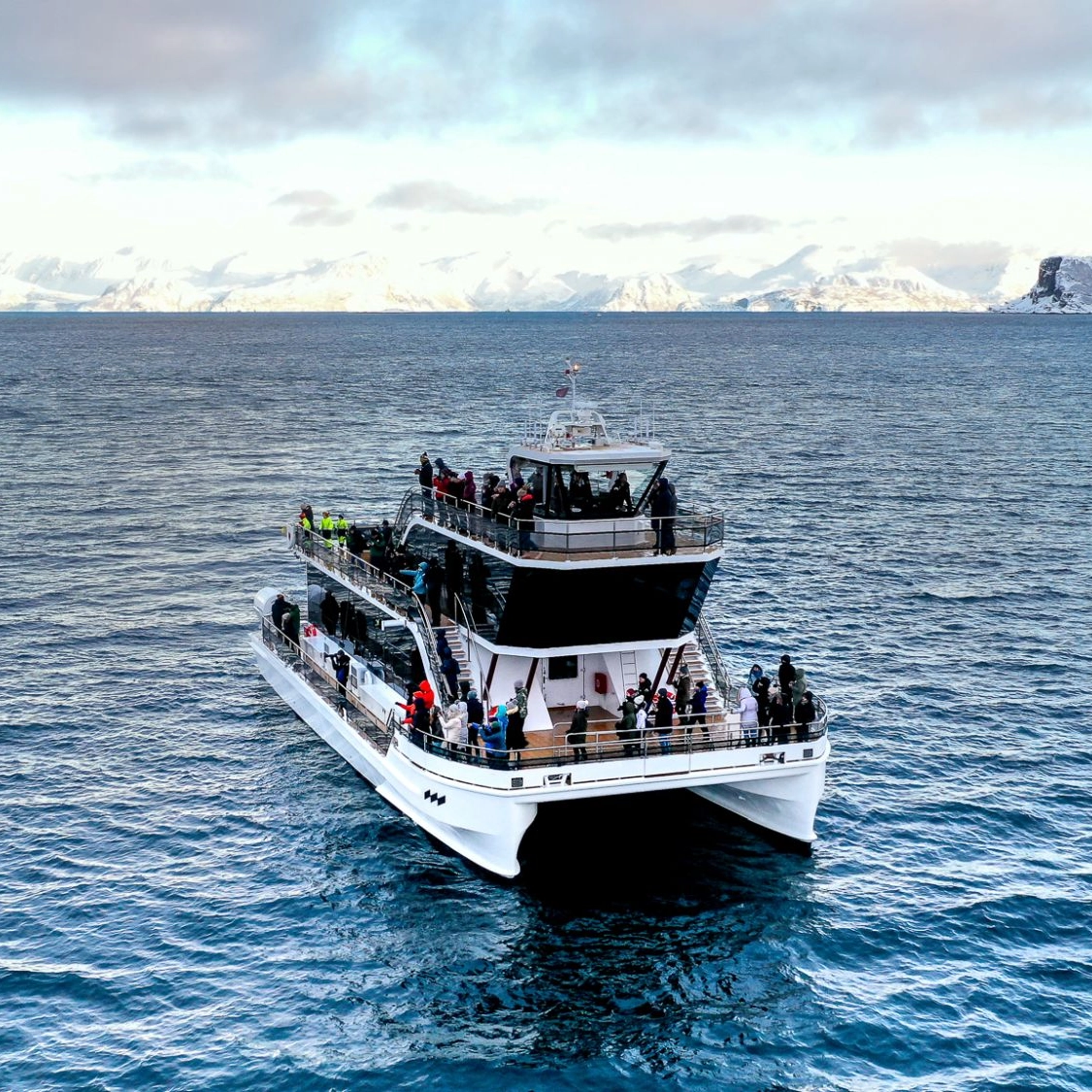
Silent whale watching cruise in Tromsø
Tromsø • 9 hr
From 1790NOK
Available 25 October - 31 January
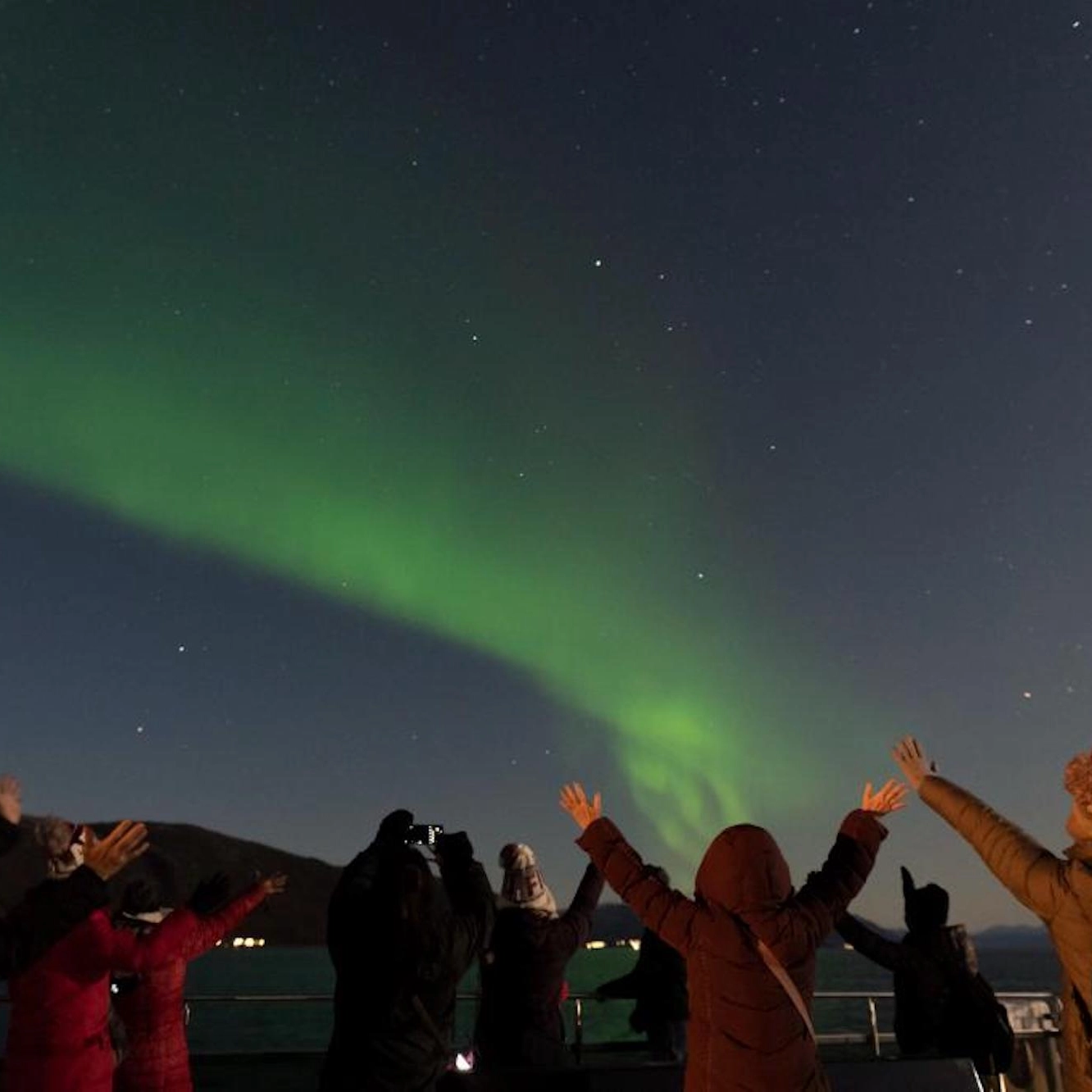
Northern Lights cuisine cruise in Tromsø
Tromsø • 3 hr
From 1790NOK
Available 13 September - 22 March
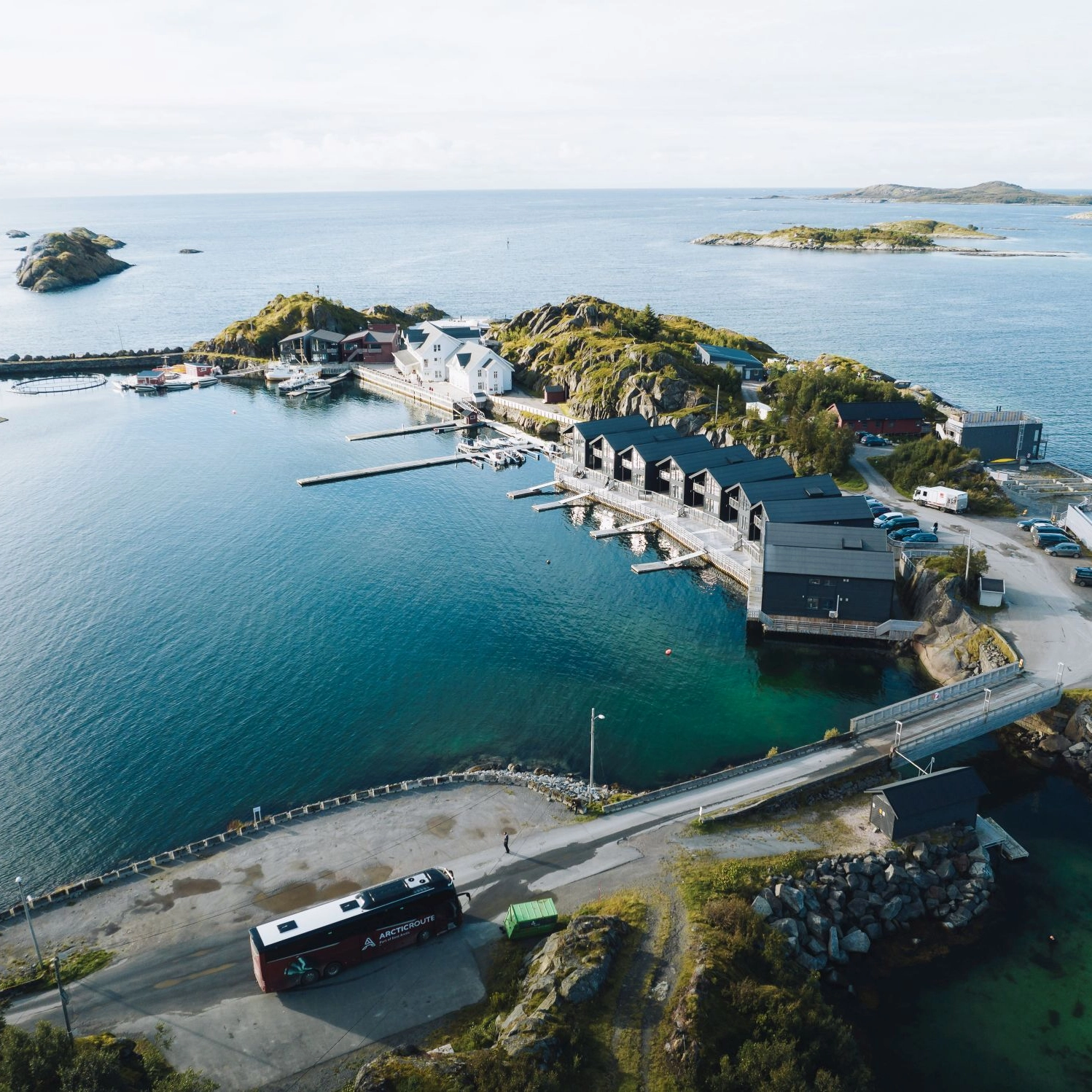
Arctic island hopping from Tromsø
Tromsø • 11 hr 30 min
From 1990NOK
Available 15 May - 31 August
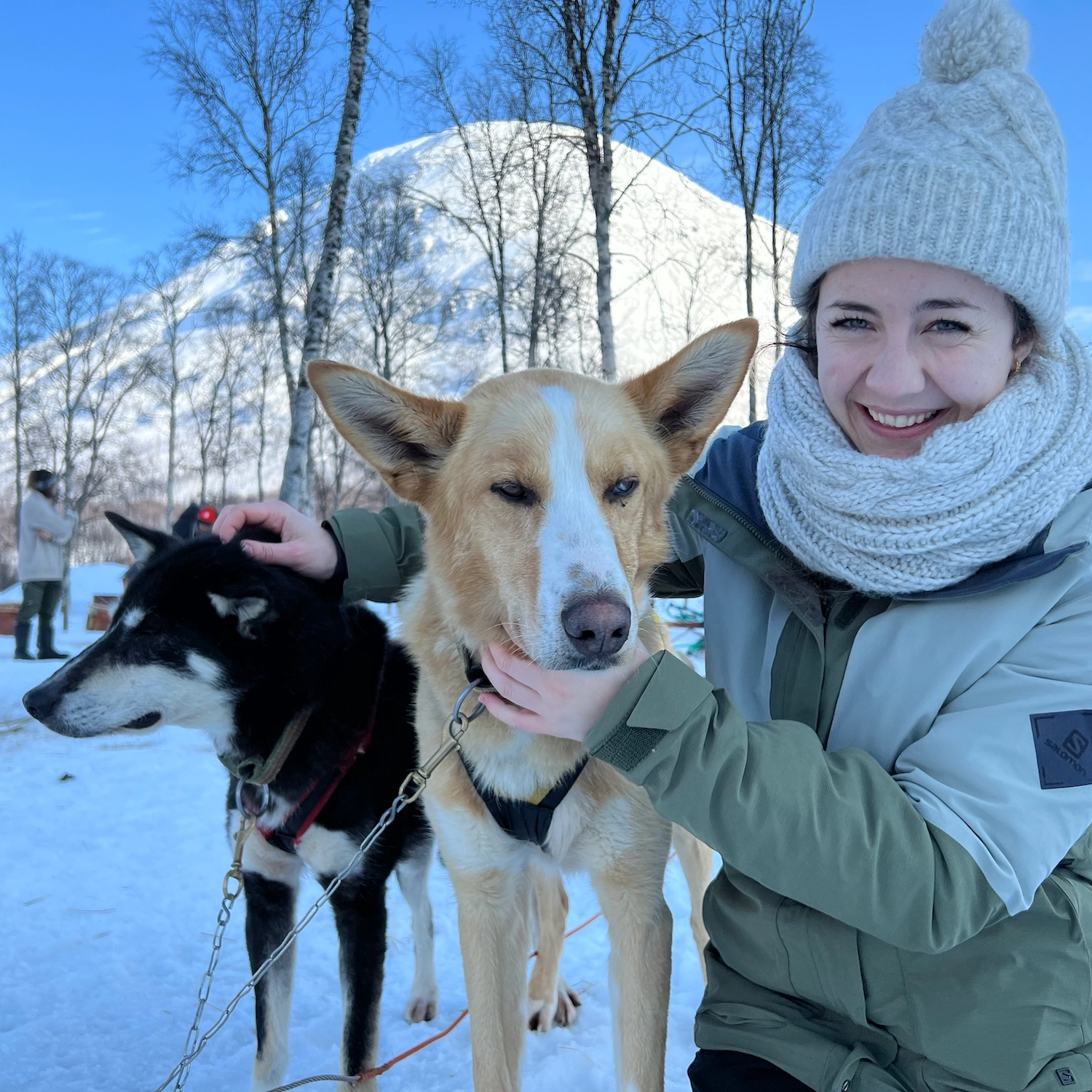
Dog sledding in Tromsø
Multiple locations • 7 hr
From 2290NOK
Available 1 December - 31 March

Snowmobile safari in Tromsø
Tromsø • 7 hr
From 2490NOK
Available 10 December - 31 March
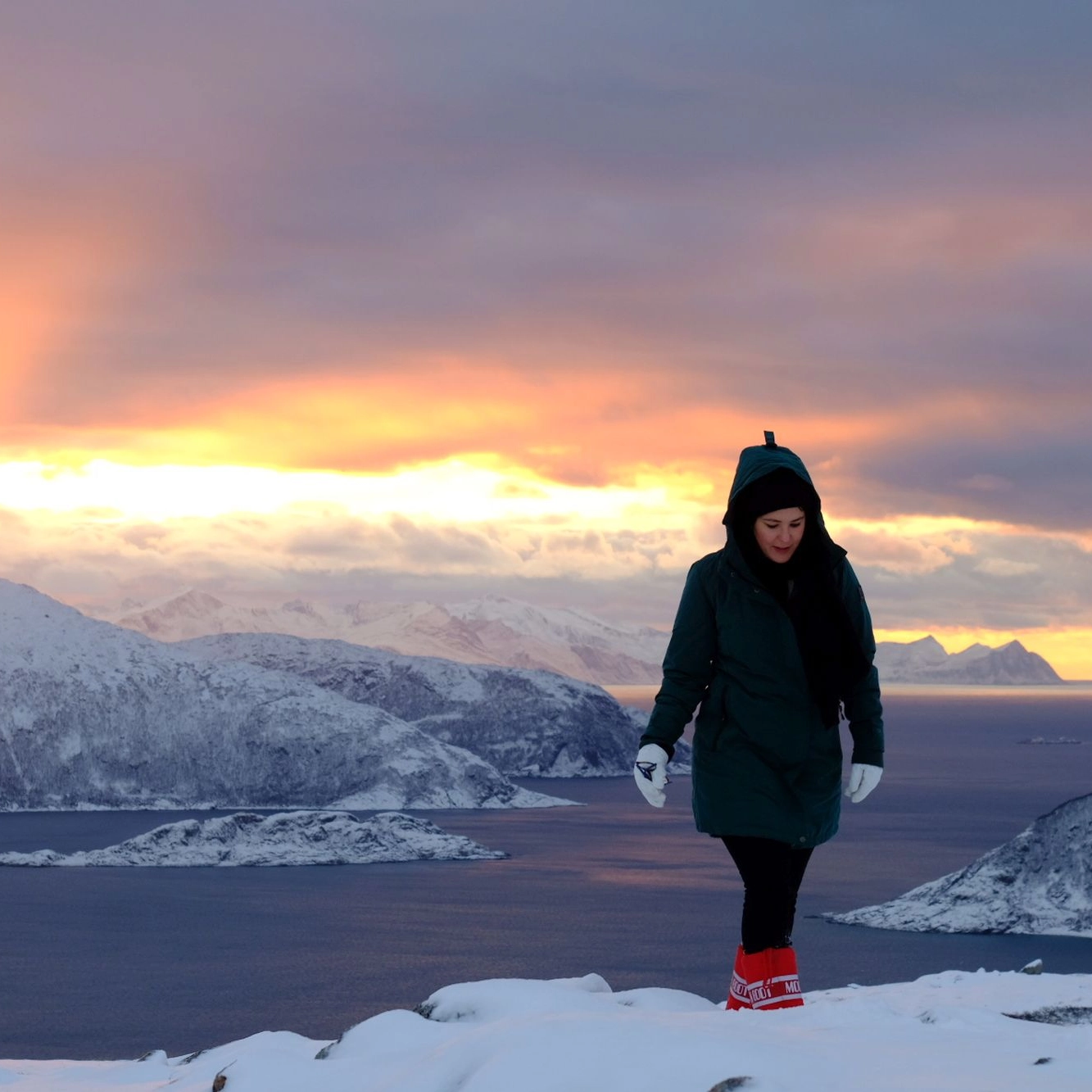
Coastal safari and local taste
Tromsø • 6 hr
From 1490NOK
Available 1 September - 14 April
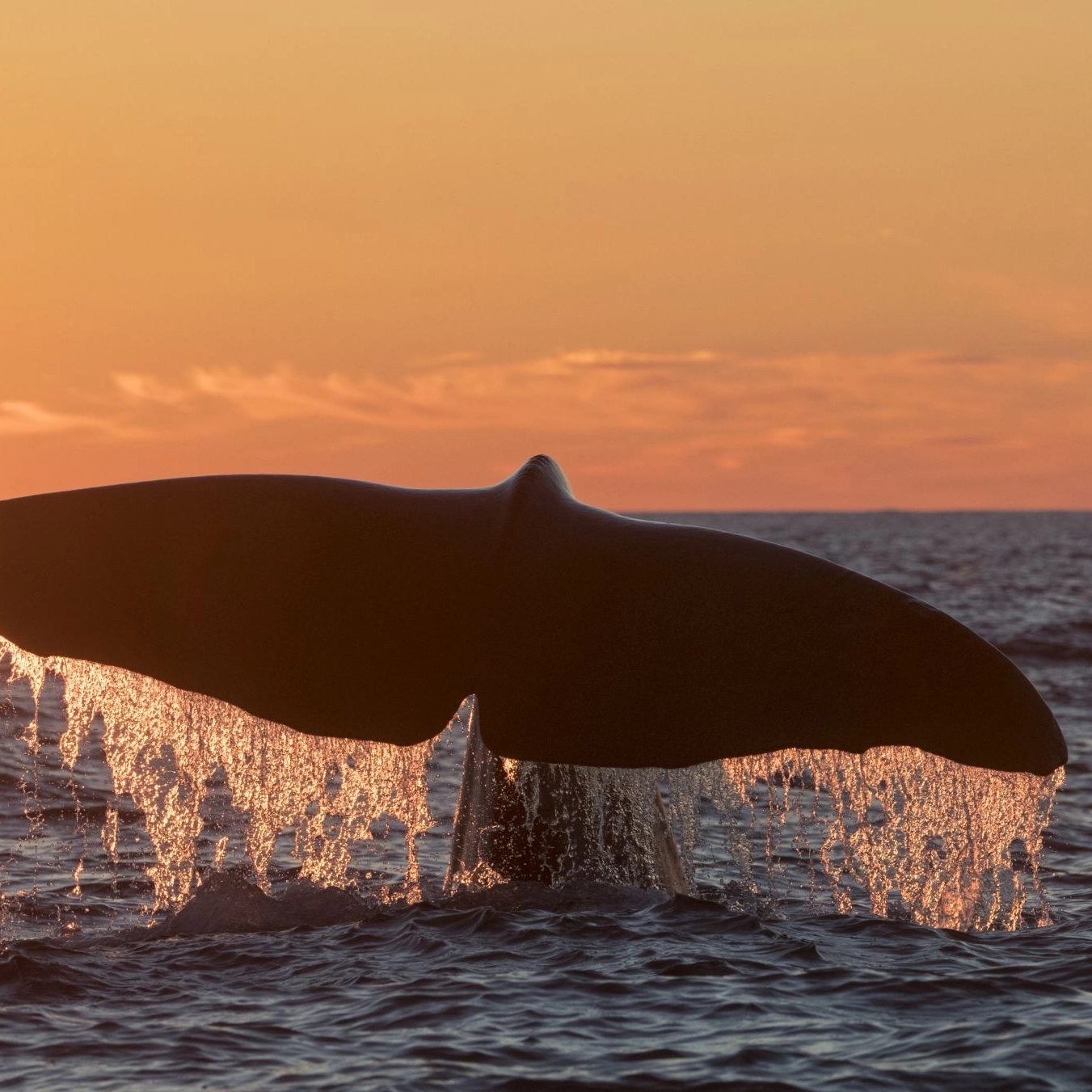
Whale watching in Lofoten
Svolvær • 14 hr
From 3490NOK
Available 15 June - 31 August

Arctic fjord cruise in Tromsø
Tromsø • 4 hr
From 1250NOK
Available 1 February - 23 October

Silent whale watching cruise in Tromsø
Tromsø • 9 hr
From 1790NOK
Available 25 October - 31 January

Northern Lights cuisine cruise in Tromsø
Tromsø • 3 hr
From 1790NOK
Available 13 September - 22 March

Arctic island hopping from Tromsø
Tromsø • 11 hr 30 min
From 1990NOK
Available 15 May - 31 August

Dog sledding in Tromsø
Multiple locations • 7 hr
From 2290NOK
Available 1 December - 31 March

Snowmobile safari in Tromsø
Tromsø • 7 hr
From 2490NOK
Available 10 December - 31 March

Coastal safari and local taste
Tromsø • 6 hr
From 1490NOK
Available 1 September - 14 April

Whale watching in Lofoten
Svolvær • 14 hr
From 3490NOK
Available 15 June - 31 August
Life in the arctic
Get to know the arctic region and be inspired to plan your next arctic adventure!
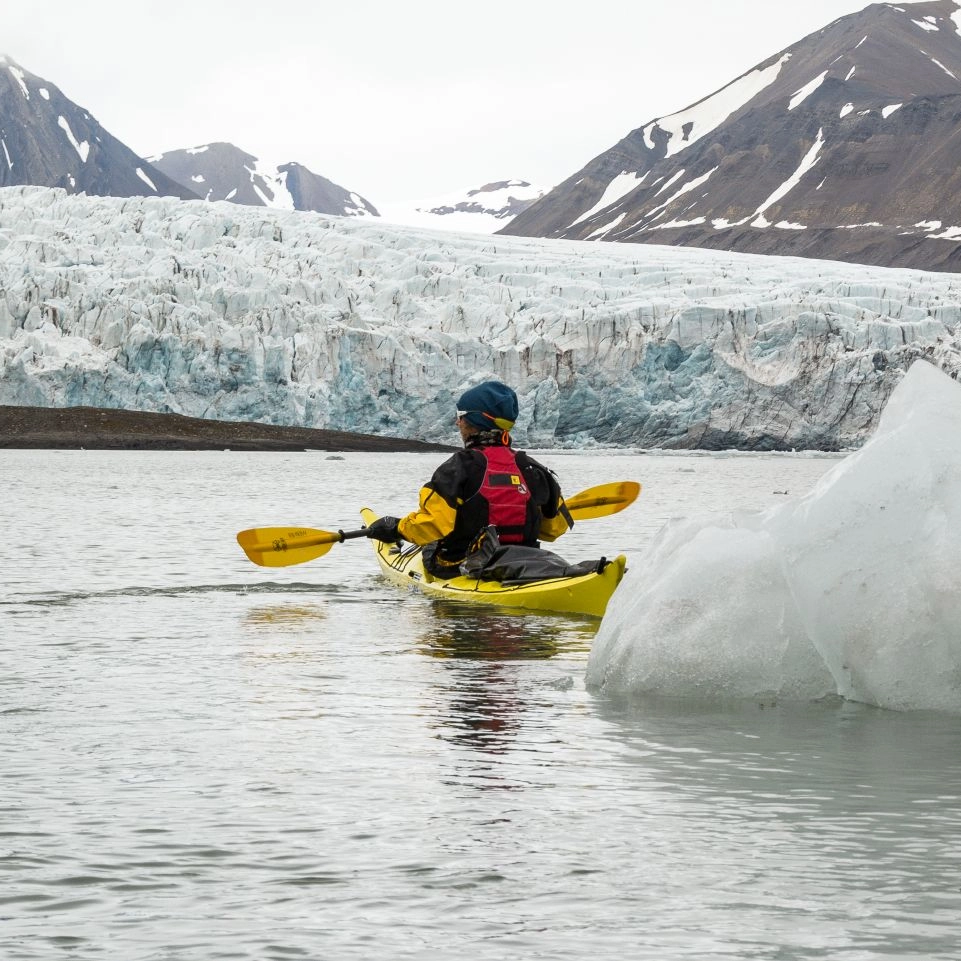
Norway’s Arctic Climate
Norway’s Arctic is one of the most astounding places on the planet. From the vast untouched snowy landscape, to the breathtaking Aurora Borealis, to the unique wildlife, the Arctic is truly something incredible. Unfortunately, climate change is having a devastating impact on Arctic regions worldwide. If change doesn’t occur rapidly to repair the damage that has already been done, the results will be devastating for Arctic regions as well as the rest of the world.
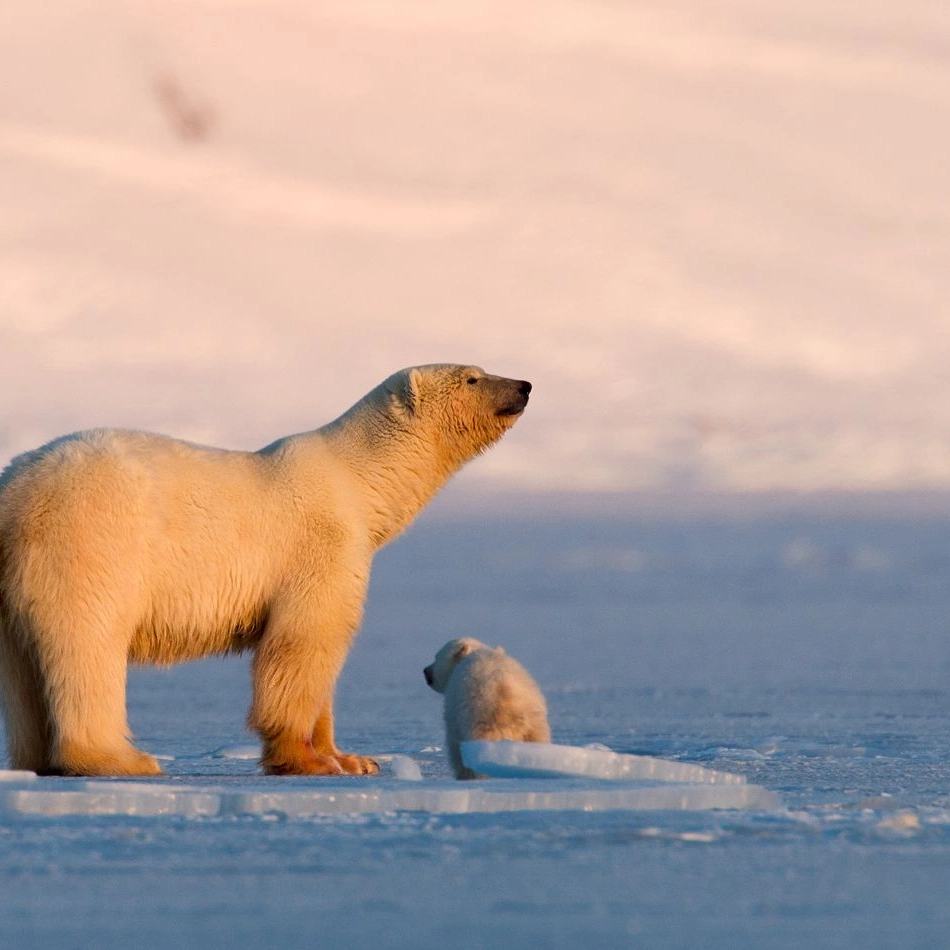
Animals in the arctic
It should come as no surprise that the Arctic region is one of the toughest places on earth for wildlife to live. Humans have been able to adapt fairly well to living in this part of the world due to the ability to wear clothing and reside in heated structures throughout the majority of the winter. However, for the animals that are forced to stay outside and venture through the Norwegian fjords and other areas of the Arctic, the climate is much more inhospitable.
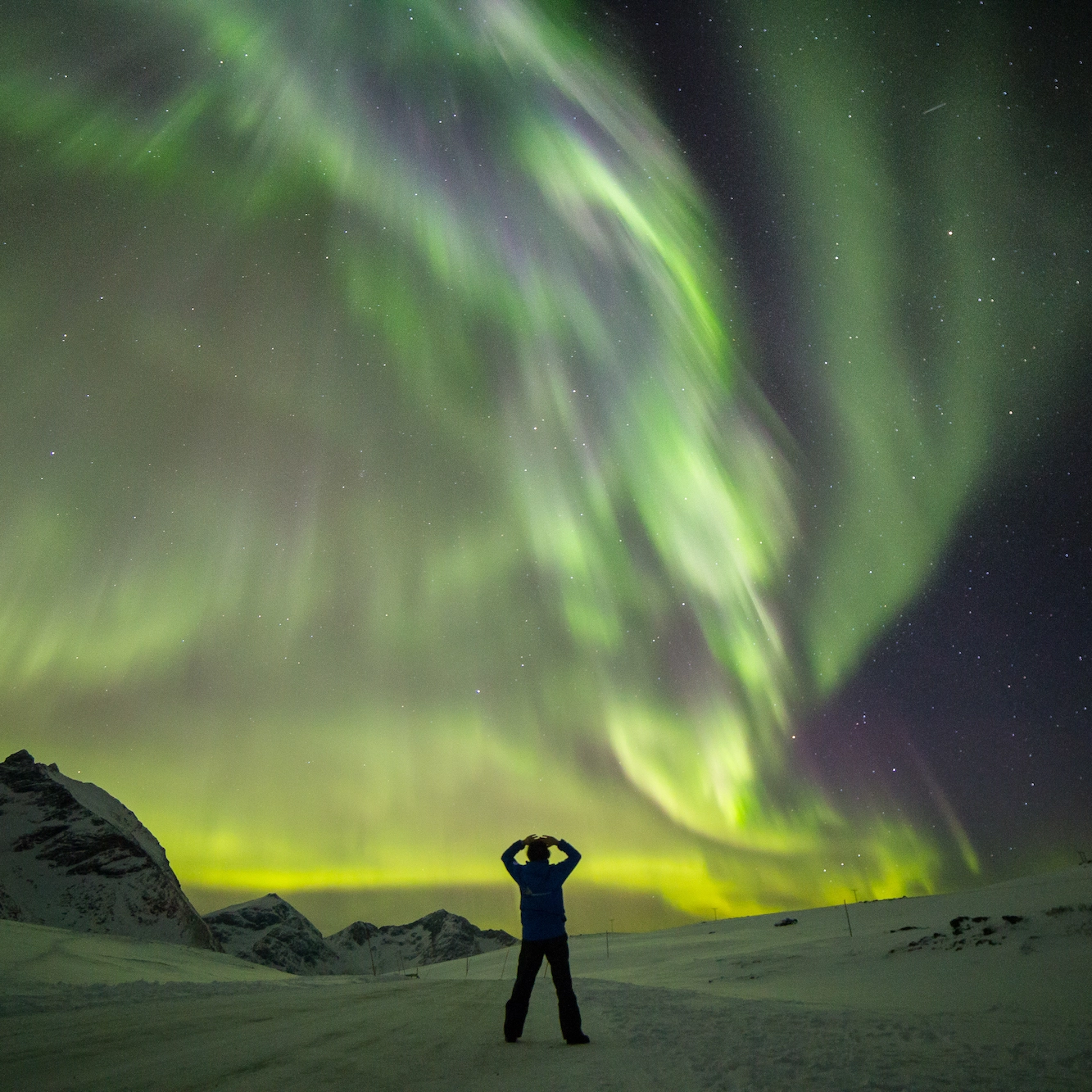
How to have the ultimate arctic adventure
When you book a trip to somewhere adventurous like the Arctic, you want to make sure that every second of the journey is packed with as much excitement as possible. But in order to do this, you need to know a variety of things about your destination such as where to sleep, what to do, and what to eat while you are there.
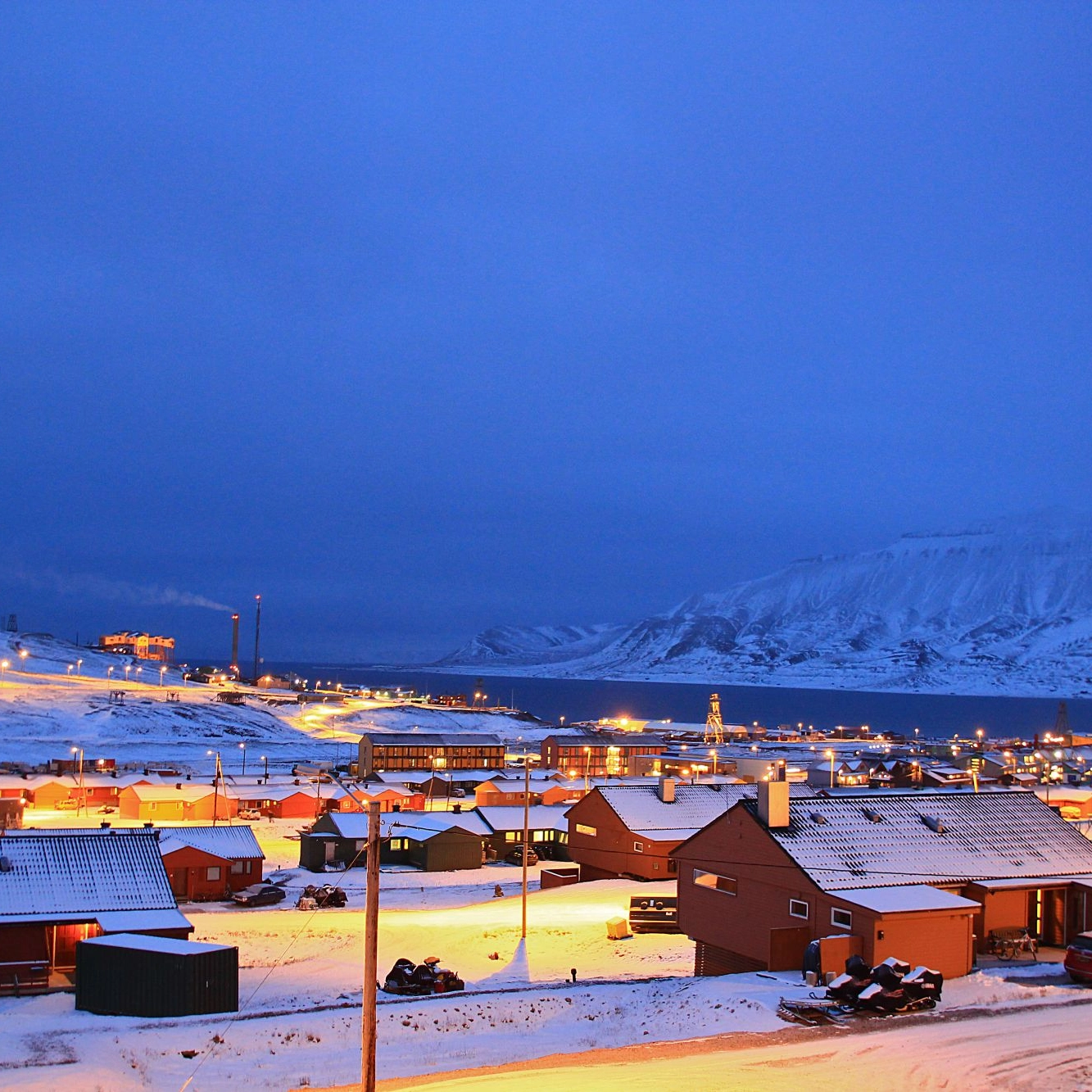
The Arctic Circle
Sitting at Earth’s most northerly latitudes, you can think of the Arctic as the planet’s hat. The main focus of this area is, of course, the North Pole, however there is so much more to it than that. Surrounding the North Pole is the Arctic Circle which stretches out into different countries, forming a line around the top of the Earth. Let’s take a closer look at this fascinating part of the world.
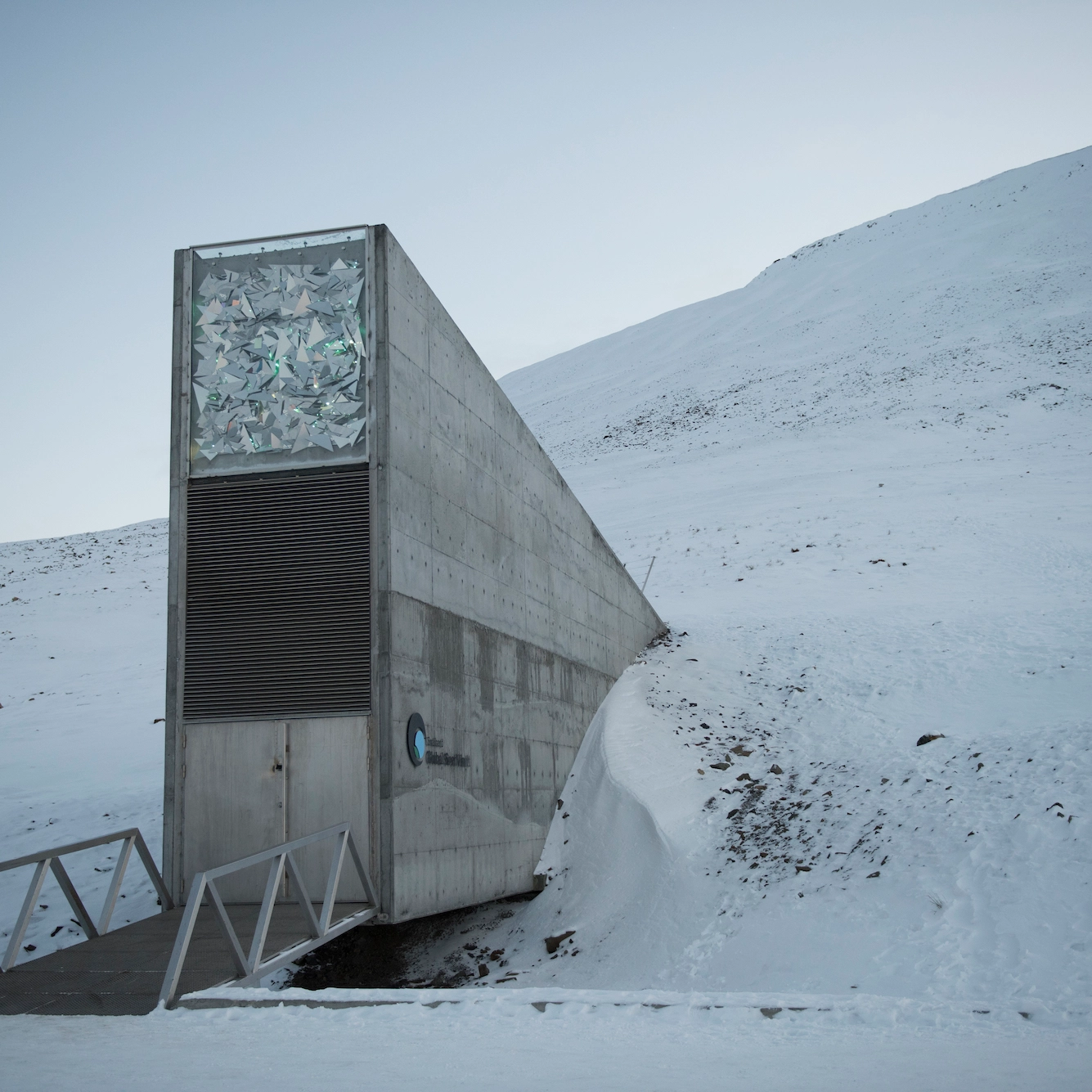
The Svalbard Global Seed Vault
Is Svalbard worth visiting? In a word, yes! Svalbard has fascinated travelers for a long time. The Norwegian archipelago lies just below the North Pole and is one of the world’s northernmost inhabited areas with almost 3,000 human residents. In Svalbard you will also find a fascinating building; The Svalbard Global Seed Vault.
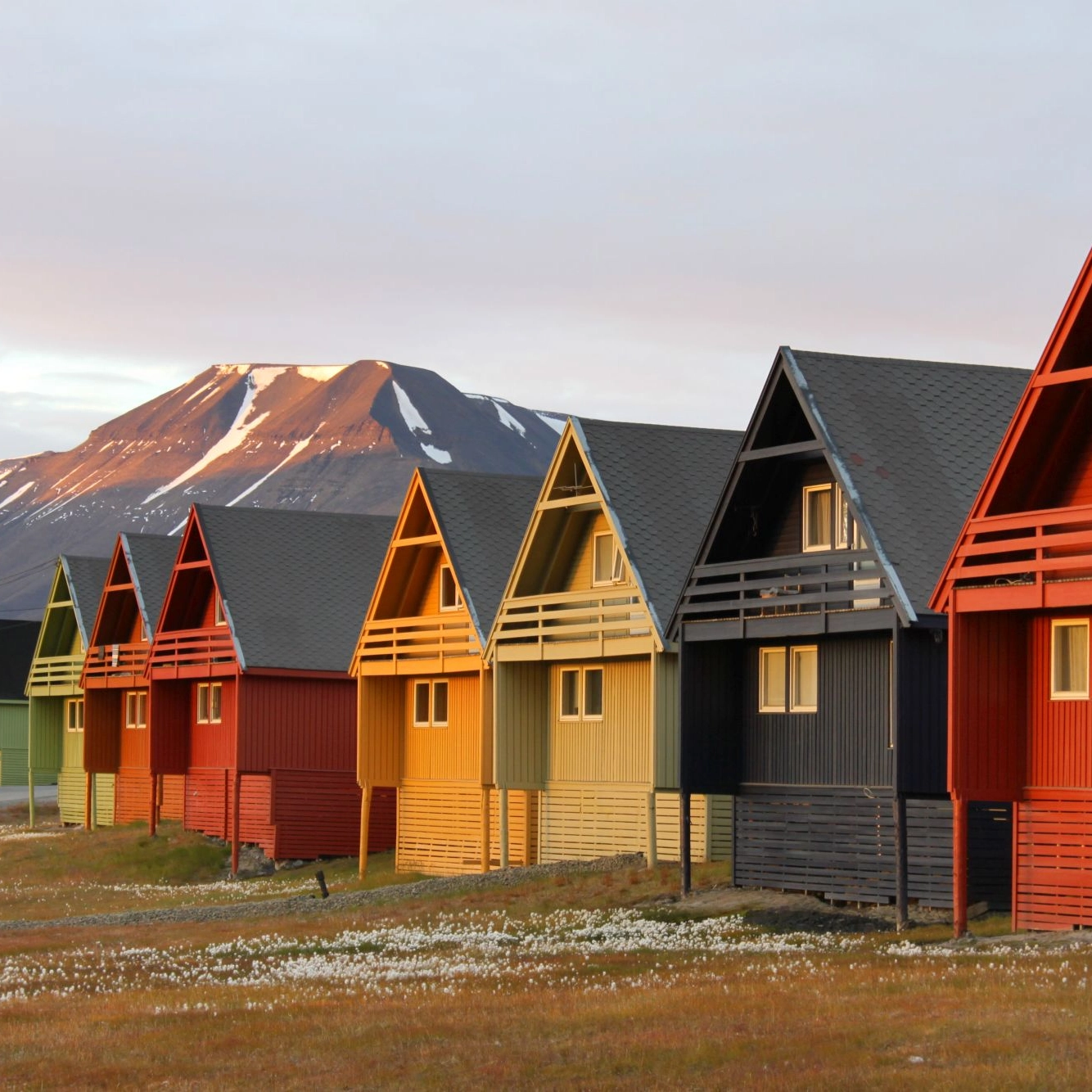
Life in the Arctic
The majority of people who have not gone on a Norwegian cruise have likely never seen the Arctic in person. Therefore, when they picture locals living there, what might come to mind is the image of people wrapped in massive puffy winter jackets all year round and walking through roads that are covered in several feet of snow and ice.
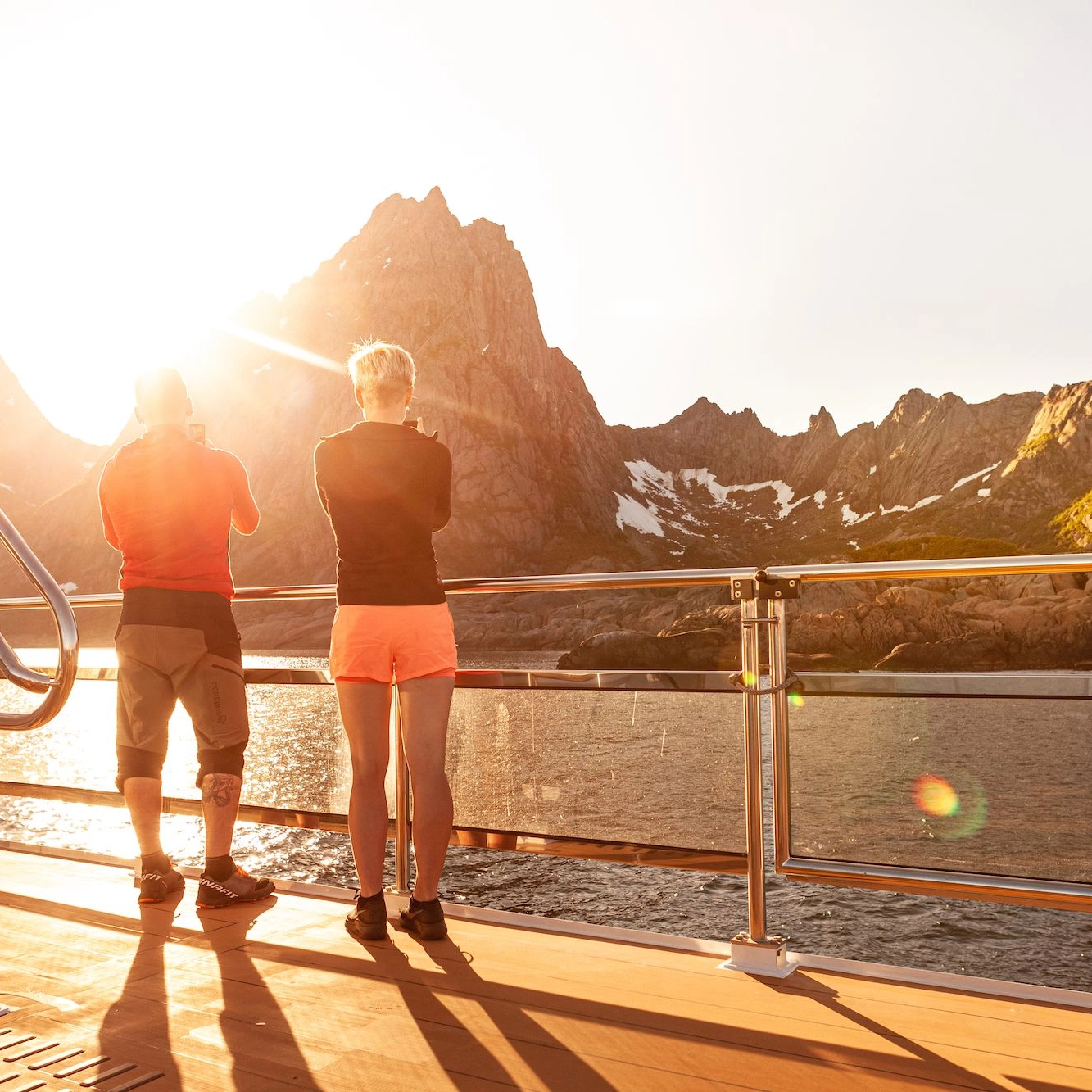
Land of the Midnight Sun
Norway is famous for its natural beauty, and it’s also known around the world as the “land of the midnight sun”. The northernmost regions of the country experience a remarkable natural phenomenon in which the sun stays up for several months during the summer. In this article, we’ll tell you all about this interesting phenomenon and tell you how you can experience the midnight sun for yourself!
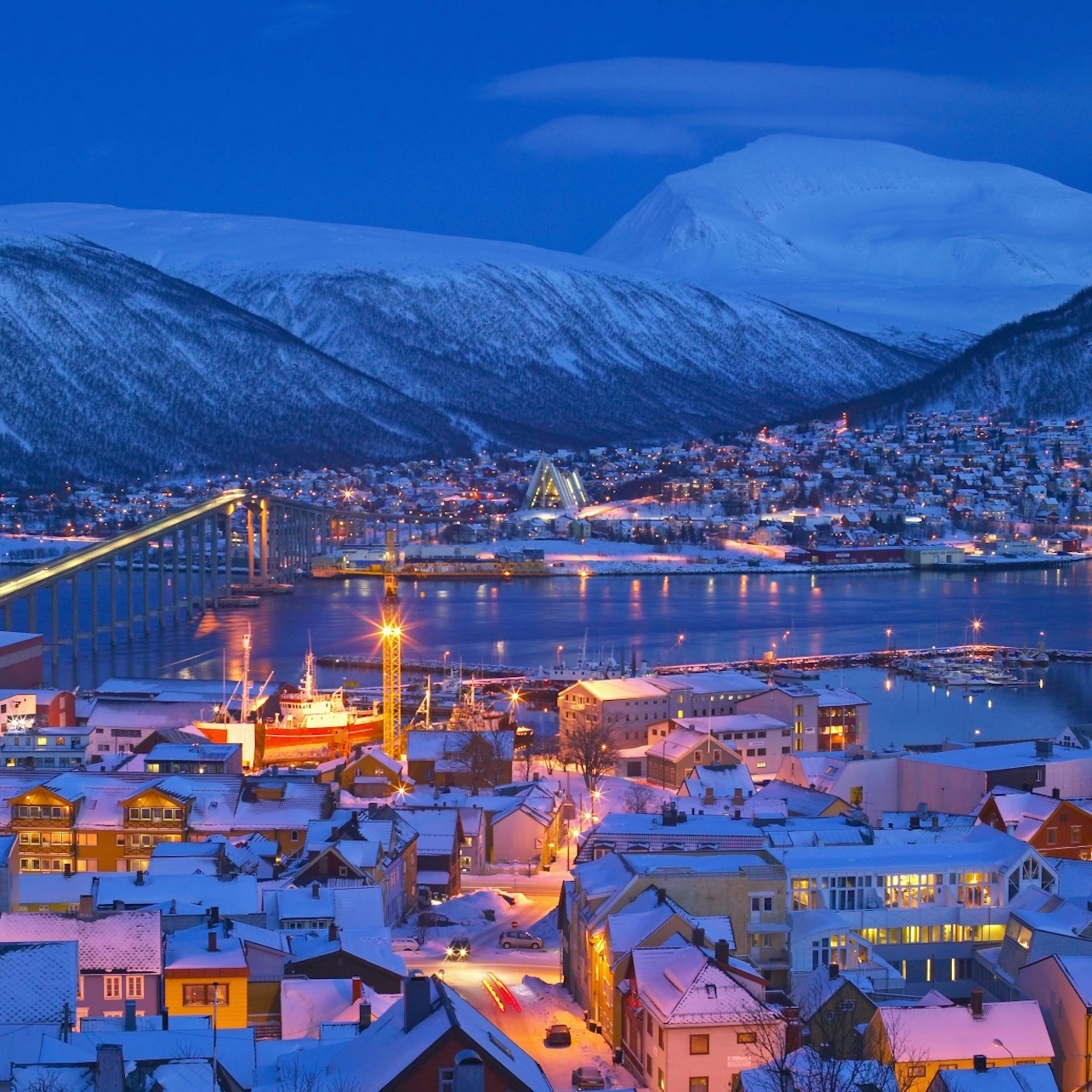
Why does the sun not rise in the Winter?
There are basically two different kinds of people in the world when it comes to sunlight. Some are classified as “morning people,” which means that they absolutely love to wake up early in the morning to the warm glow of sunlight. On the flip side of the coin, their counterparts are known as “night owls,” which means that they actually prefer the evening when the sun is on its way down.

Norway’s Arctic Climate
Norway’s Arctic is one of the most astounding places on the planet. From the vast untouched snowy landscape, to the breathtaking Aurora Borealis, to the unique wildlife, the Arctic is truly something incredible. Unfortunately, climate change is having a devastating impact on Arctic regions worldwide. If change doesn’t occur rapidly to repair the damage that has already been done, the results will be devastating for Arctic regions as well as the rest of the world.

Animals in the arctic
It should come as no surprise that the Arctic region is one of the toughest places on earth for wildlife to live. Humans have been able to adapt fairly well to living in this part of the world due to the ability to wear clothing and reside in heated structures throughout the majority of the winter. However, for the animals that are forced to stay outside and venture through the Norwegian fjords and other areas of the Arctic, the climate is much more inhospitable.

How to have the ultimate arctic adventure
When you book a trip to somewhere adventurous like the Arctic, you want to make sure that every second of the journey is packed with as much excitement as possible. But in order to do this, you need to know a variety of things about your destination such as where to sleep, what to do, and what to eat while you are there.

The Arctic Circle
Sitting at Earth’s most northerly latitudes, you can think of the Arctic as the planet’s hat. The main focus of this area is, of course, the North Pole, however there is so much more to it than that. Surrounding the North Pole is the Arctic Circle which stretches out into different countries, forming a line around the top of the Earth. Let’s take a closer look at this fascinating part of the world.

The Svalbard Global Seed Vault
Is Svalbard worth visiting? In a word, yes! Svalbard has fascinated travelers for a long time. The Norwegian archipelago lies just below the North Pole and is one of the world’s northernmost inhabited areas with almost 3,000 human residents. In Svalbard you will also find a fascinating building; The Svalbard Global Seed Vault.

Life in the Arctic
The majority of people who have not gone on a Norwegian cruise have likely never seen the Arctic in person. Therefore, when they picture locals living there, what might come to mind is the image of people wrapped in massive puffy winter jackets all year round and walking through roads that are covered in several feet of snow and ice.

Land of the Midnight Sun
Norway is famous for its natural beauty, and it’s also known around the world as the “land of the midnight sun”. The northernmost regions of the country experience a remarkable natural phenomenon in which the sun stays up for several months during the summer. In this article, we’ll tell you all about this interesting phenomenon and tell you how you can experience the midnight sun for yourself!

Why does the sun not rise in the Winter?
There are basically two different kinds of people in the world when it comes to sunlight. Some are classified as “morning people,” which means that they absolutely love to wake up early in the morning to the warm glow of sunlight. On the flip side of the coin, their counterparts are known as “night owls,” which means that they actually prefer the evening when the sun is on its way down.